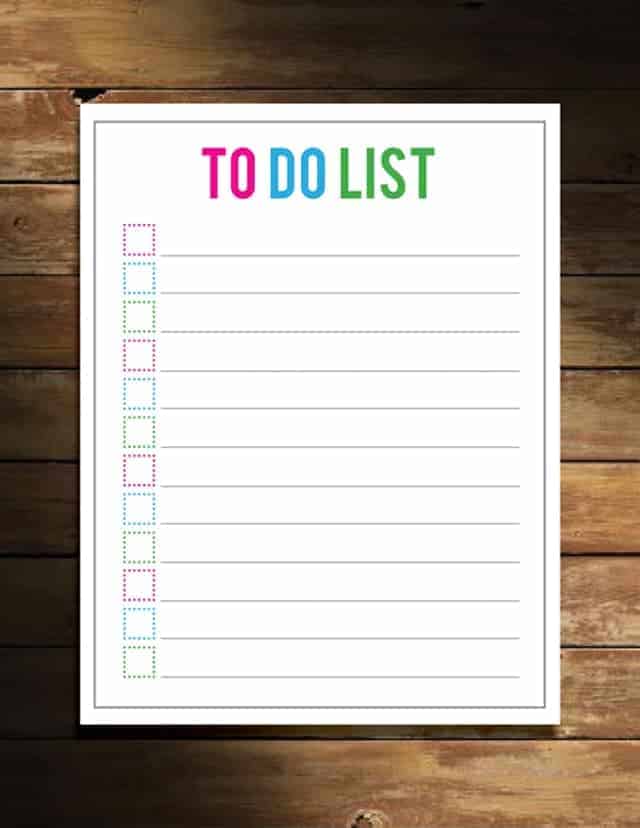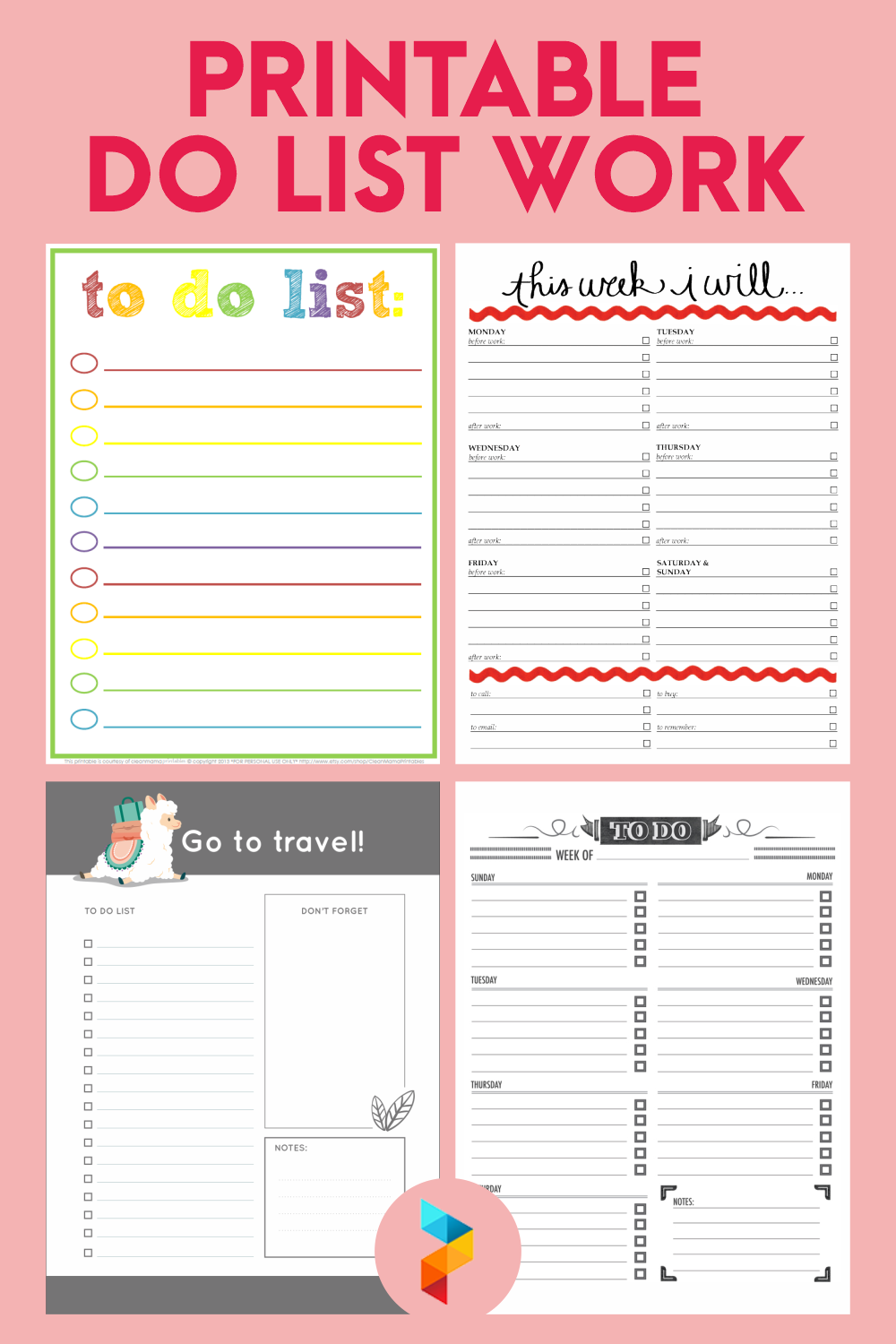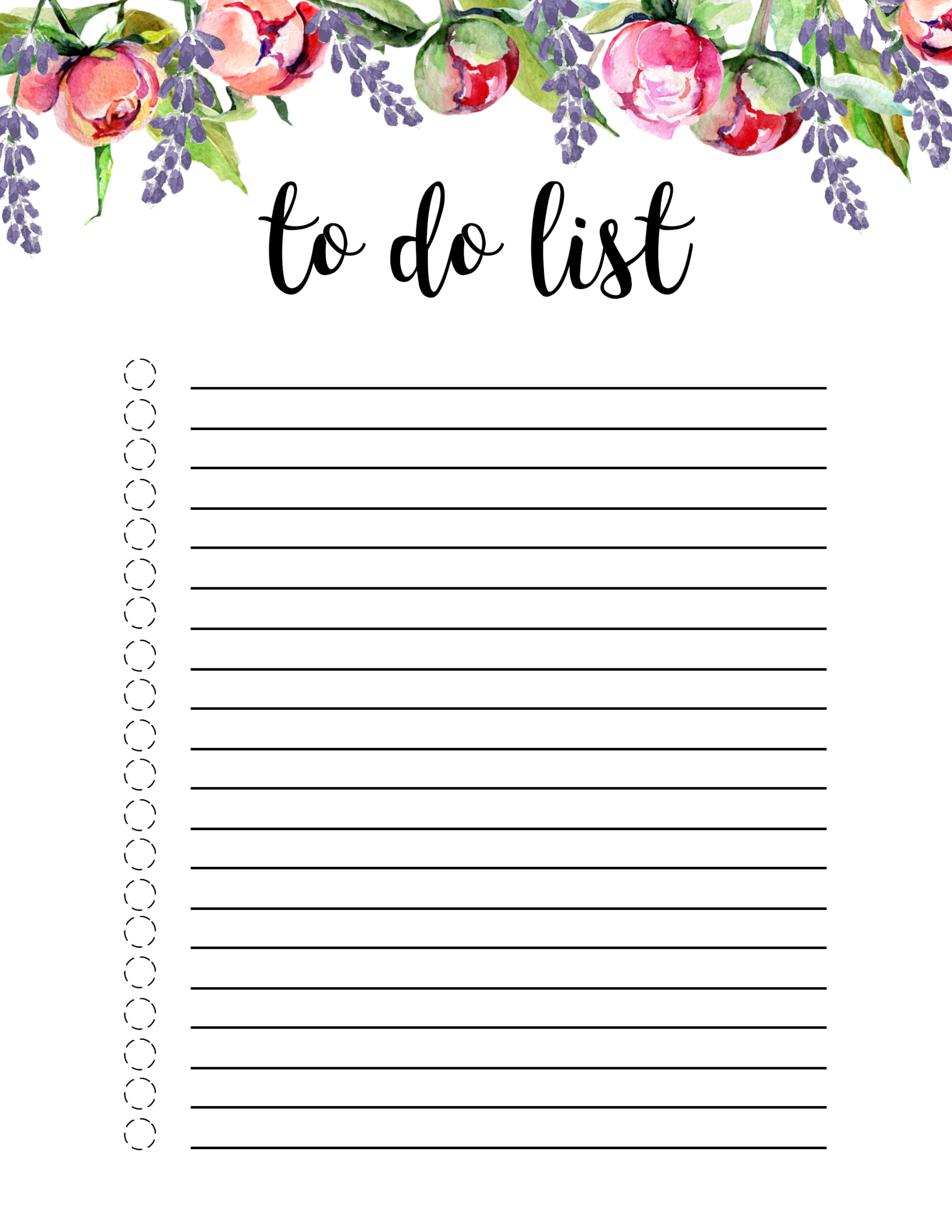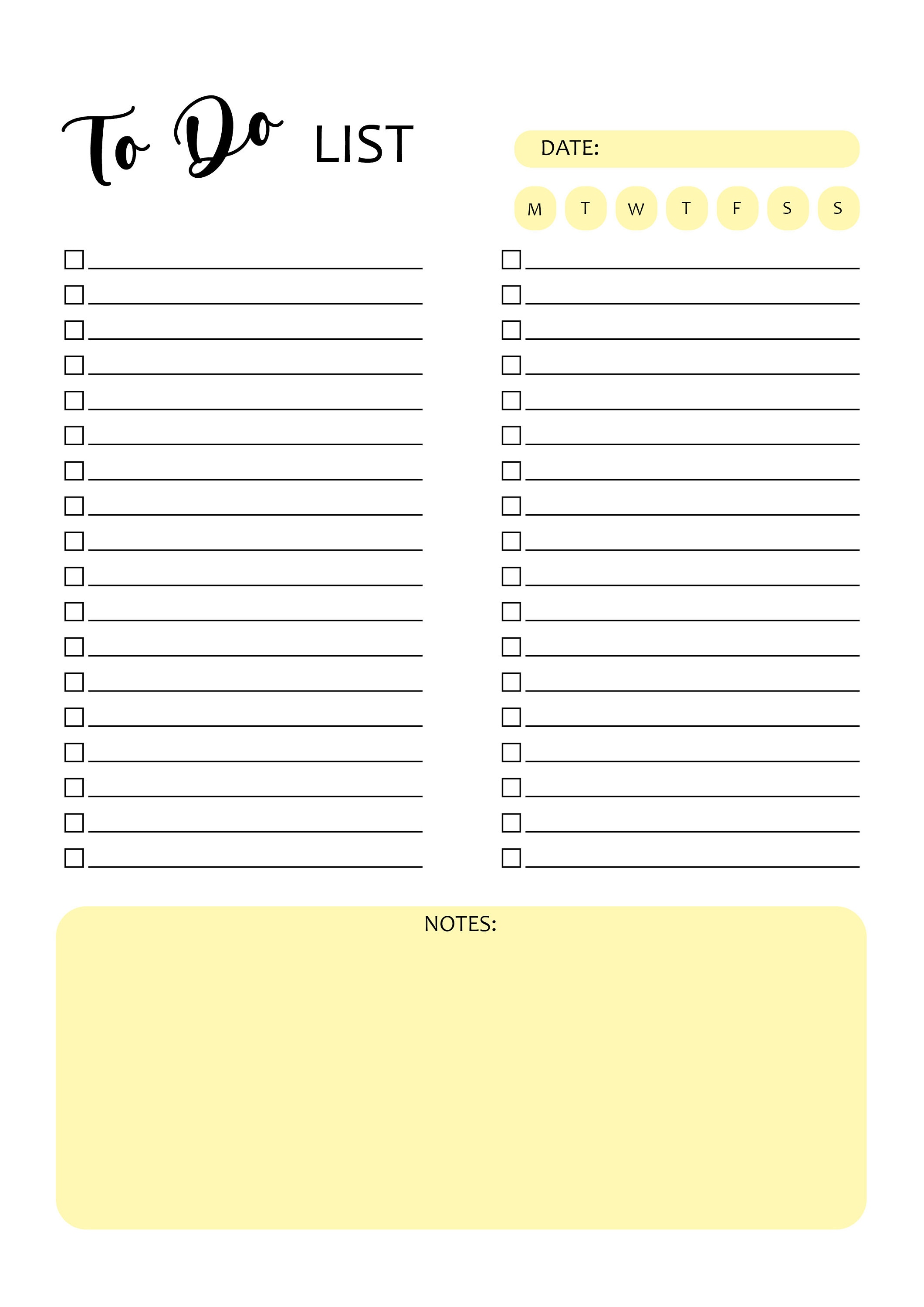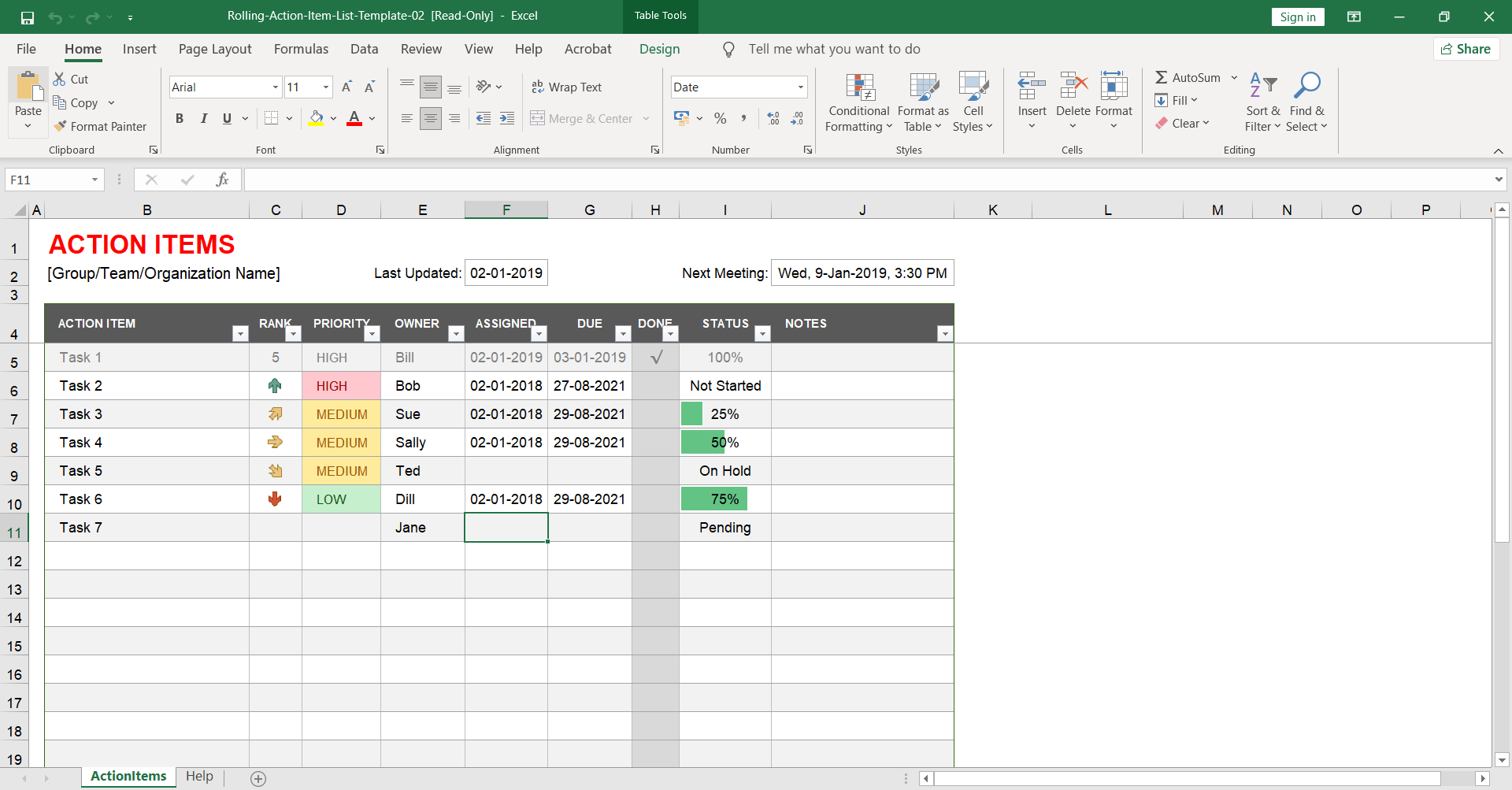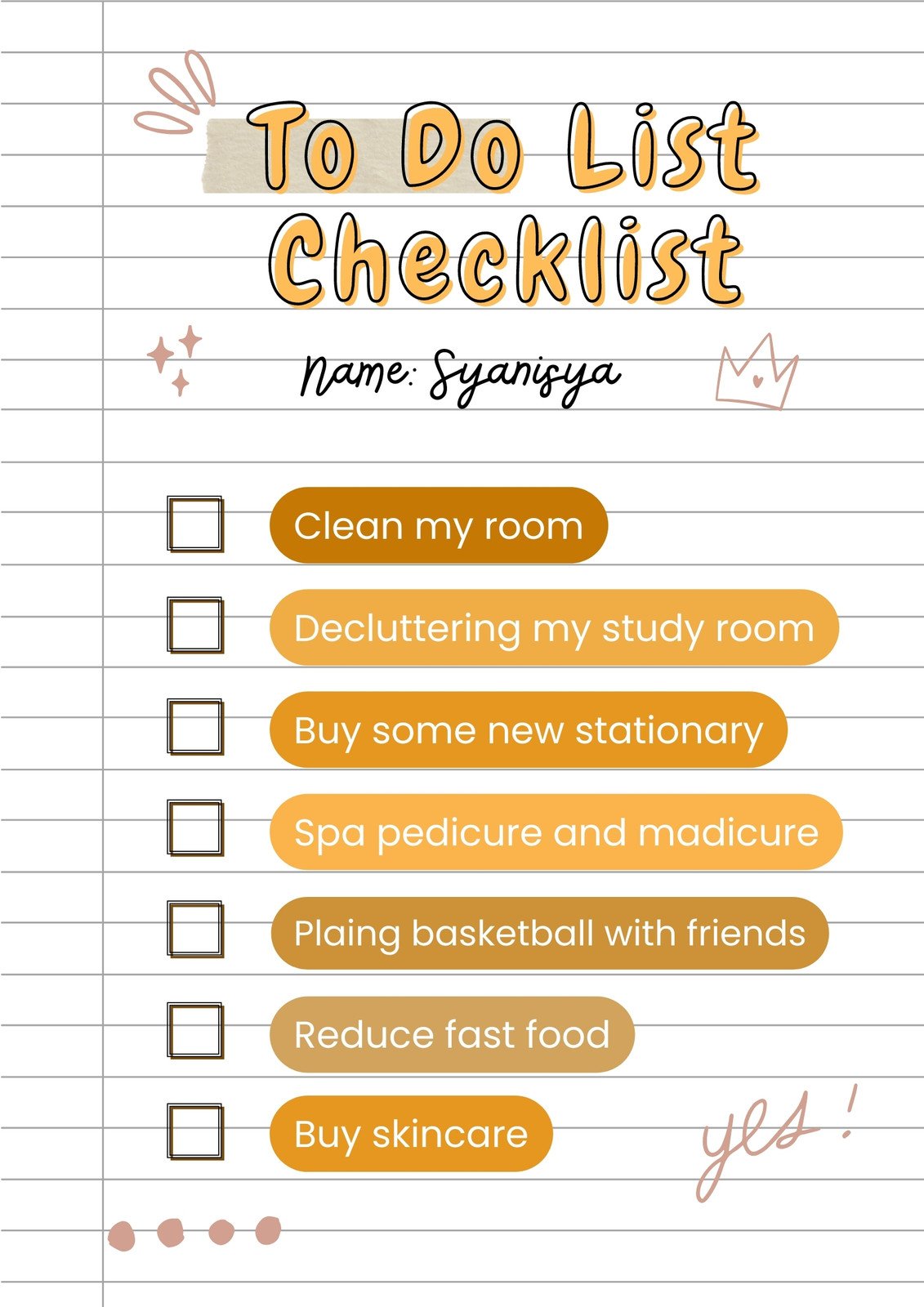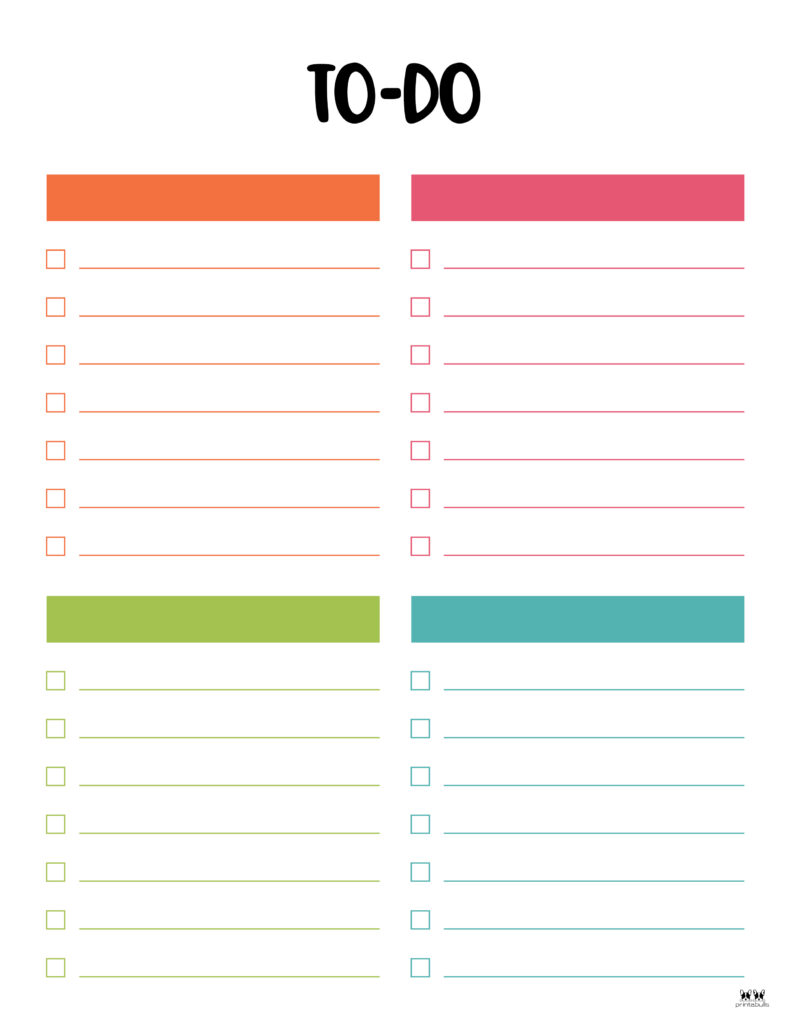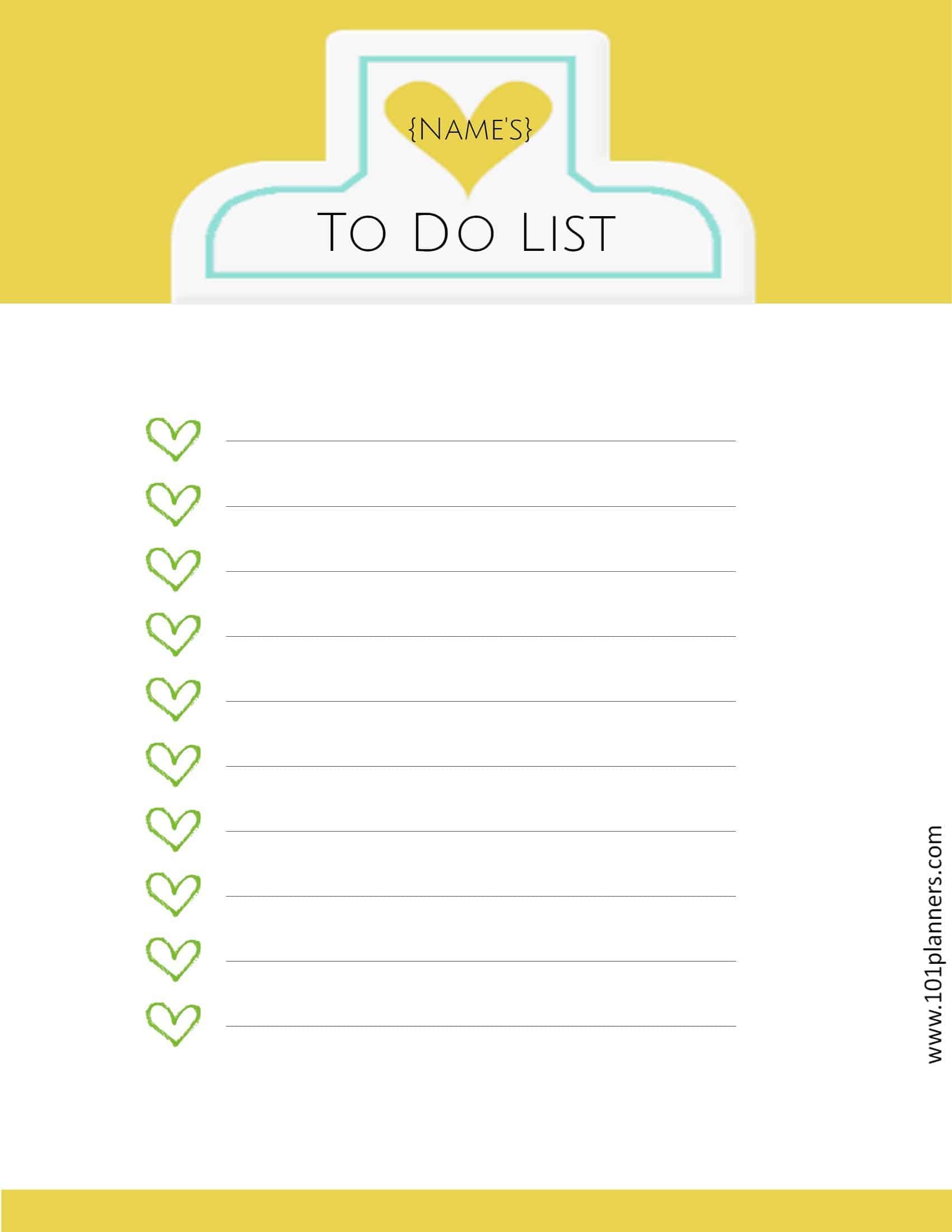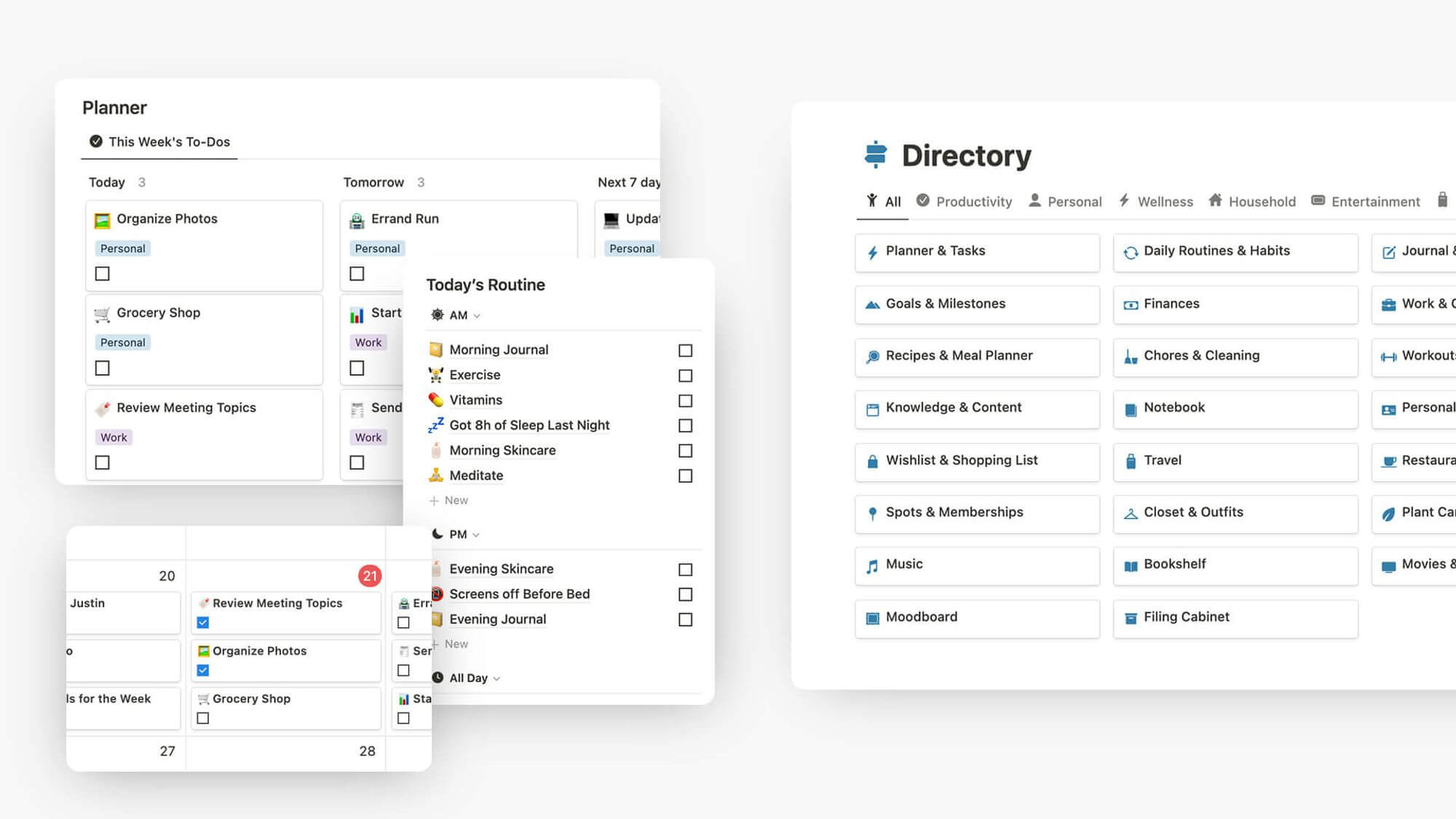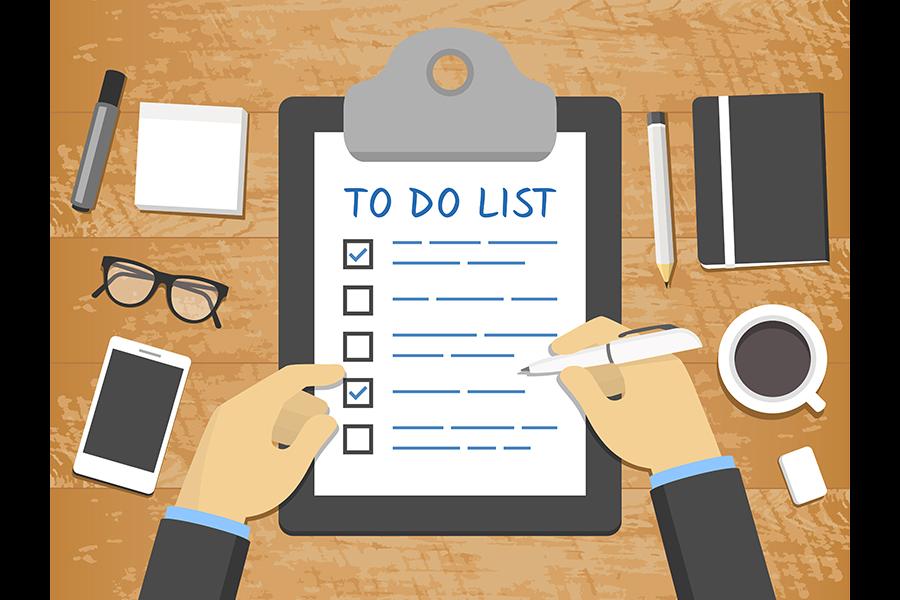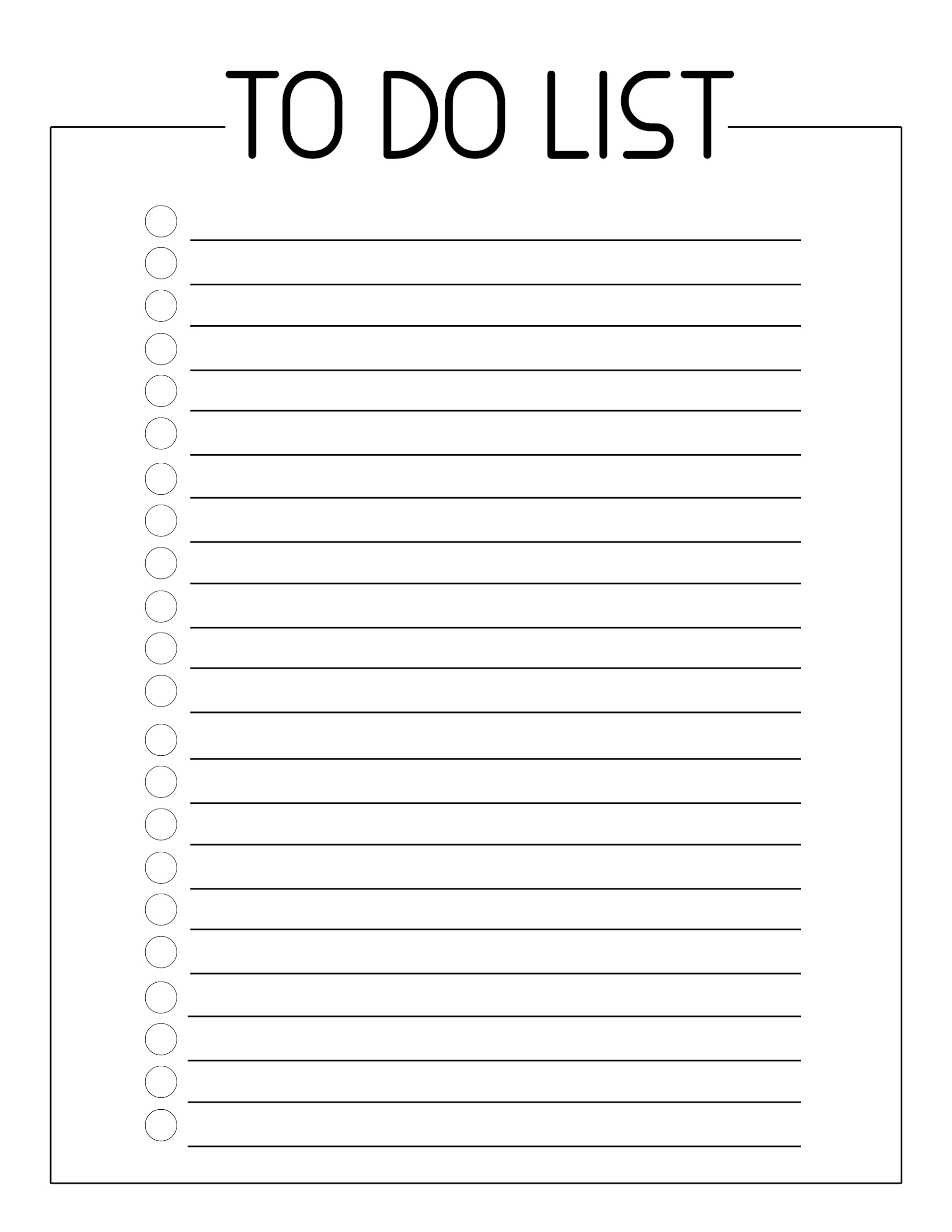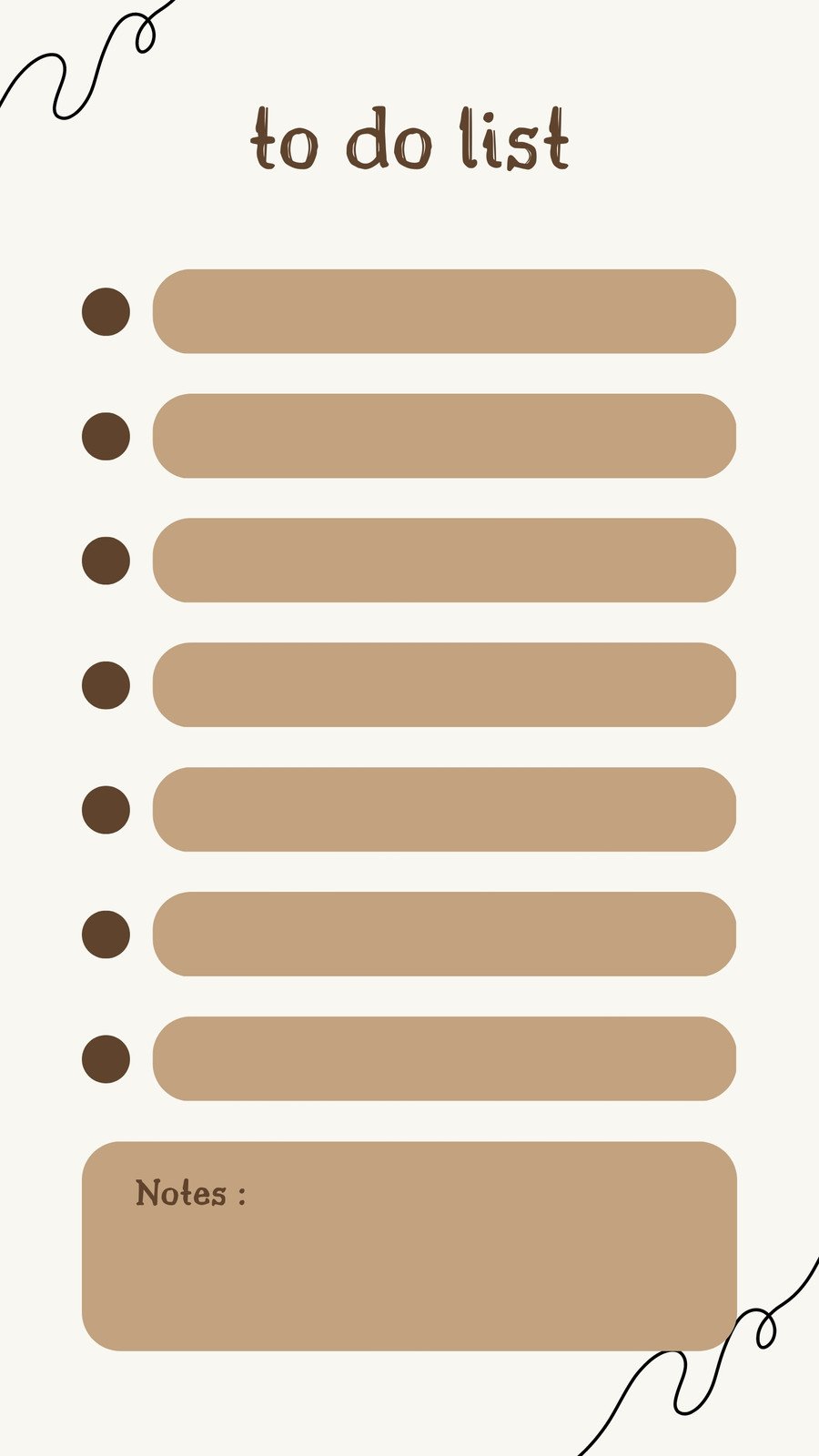Best Way To Make A To Do List

Overwhelmed? Buried under a mountain of tasks? You're not alone. Welcome to the ultimate guide for conquering your chaos and finding the best way to make a to-do list that actually works for you.
This article is specifically crafted for those taking their first steps into the world of organized task management. We'll cut through the noise and provide you with a practical, evidence-based approach to help you find the perfect system.
Why does effective to-do listing matter? Because it's more than just writing things down. It's about reclaiming your time, reducing stress, and achieving your goals with clarity and confidence.
Top 5 To-Do List Methods: A Comparison
Let's dive into a head-to-head comparison of popular methods. See which one aligns best with your needs and preferences.
| Method | Price | Key Specs | Warranty (Support) |
|---|---|---|---|
| Paper Planner | $10-$50 | Physical format, Customizable layouts, Various sizes | N/A |
| Digital App (Todoist) | Free (Basic) / $4-$5/month (Premium) | Cross-platform, Recurring tasks, Collaboration features | Email support, extensive knowledge base |
| Digital App (Microsoft To Do) | Free | Integration with Microsoft ecosystem, Simple interface, List sharing | Online support, community forums |
| Bullet Journaling | $5-$30 (for notebook) | Completely customizable, Rapid logging, Flexible system | N/A (Community support only) |
| Kanban Board (Trello) | Free (Basic) / $5-$17.50/month (Premium) | Visual workflow, Card-based system, Collaboration focused | Email support, online documentation |
Detailed Reviews of Each Method
Now, let's delve into each option in more detail. We will highlight their strengths, weaknesses, and ideal use cases.
Paper Planner: The Tangible Approach
The classic paper planner offers a tactile experience. Many find the act of physically writing down tasks more engaging and memorable.
Pros: No distractions, customizable, can be artistic and personalized. Cons: Not easily searchable, can be bulky to carry around, prone to loss or damage.
Todoist: The Feature-Rich App
Todoist is a powerful digital app packed with features. It offers recurring tasks, collaboration tools, and cross-platform accessibility.
Pros: Highly versatile, excellent for team projects, offers detailed progress tracking. Cons: Can be overwhelming for beginners, premium features require a subscription.
Microsoft To Do: Simplicity and Integration
Microsoft To Do is a simple and intuitive app. It integrates seamlessly with the Microsoft ecosystem.
Pros: Free, easy to use, great for users already invested in Microsoft products. Cons: Lacks some advanced features, less customizable than other options.
Bullet Journaling: The Customizable System
Bullet Journaling is a highly customizable method. It allows you to tailor your to-do list to your specific needs.
Pros: Extremely flexible, encourages mindfulness, promotes creativity. Cons: Requires initial setup and learning, can be time-consuming, not ideal for team collaboration.
Trello: The Visual Workflow
Trello uses a Kanban board system. It visually organizes tasks into columns representing different stages of progress.
Pros: Excellent for visualizing workflows, great for team collaboration, easy to learn. Cons: Can become cluttered with too many cards, less ideal for personal task management.
Used vs. New: Weighing the Options
While "used" doesn't quite apply to software, the concept of "pre-designed templates" (similar to buying used) can be beneficial. You can often find pre-made planner layouts or Trello templates.
New (Custom): Allows complete control, but requires more initial effort. Used (Pre-Designed): Saves time and provides structure, but may not perfectly fit your needs.
Reliability Ratings by Brand
Reliability can be measured in different ways. For physical planners, it's about paper quality and binding durability. For apps, it's about stability and feature availability.
- Moleskine (Planners): High reliability, known for durable paper and binding.
- Leuchtturm1917 (Planners): High reliability, favored for bullet journaling due to numbered pages and index.
- Todoist (App): Very high reliability, consistently updated and maintained.
- Microsoft (To Do, Trello): High reliability, backed by a large tech company.
Checklist: 5 Must-Check Features Before Deciding
Before you commit to a method, consider these five key features.
- Accessibility: Can you easily access your to-do list from anywhere?
- Customization: Does the method allow you to tailor it to your specific needs?
- Ease of Use: Is the system intuitive and easy to learn?
- Integration: Does it integrate with other tools you use?
- Cost: Does it fit within your budget?
Key Takeaways: Find What Works For YOU
There's no one-size-fits-all answer to the best way to make a to-do list. The ideal method depends on your individual preferences, work style, and specific needs.
Consider factors like accessibility, cost, and desired level of customization. Don't be afraid to experiment with different methods to find what truly resonates with you.
Remember, consistency is key. A perfectly designed to-do list is useless if you don't use it regularly.
Ready to Get Organized?
Now that you're armed with this knowledge, take the next step! Try out a few of the methods discussed here.
Download a free trial of Todoist, pick up a paper planner, or start a bullet journal. The journey to better organization starts now. What are you waiting for?
